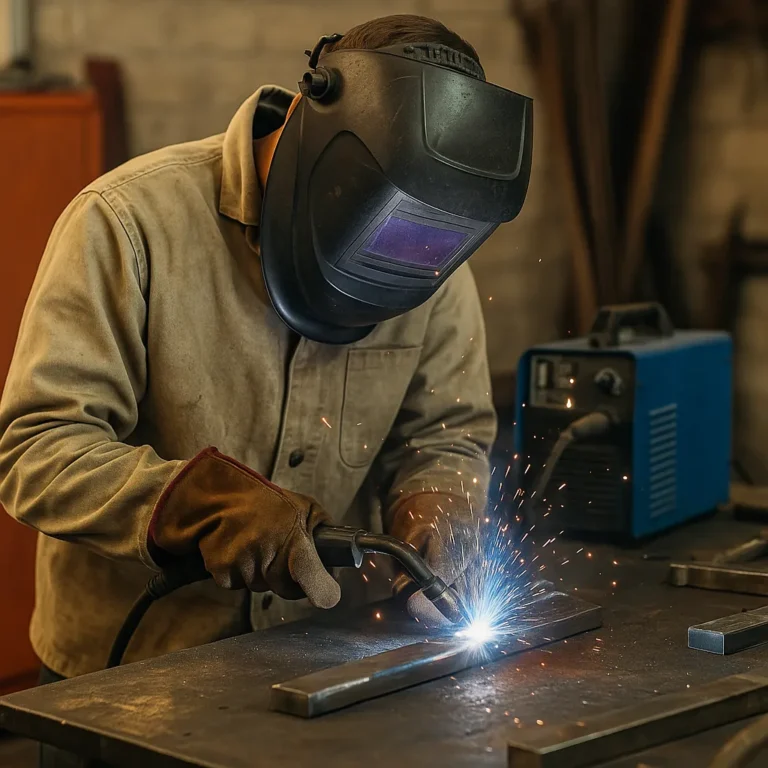Welding Aluminum with a Stick Welder: A Tough but Useful Skill
Stick welding isn’t the top choice for aluminum—but sometimes, it’s all you’ve got. Whether you’re fixing a cracked trailer, repairing a part on the go, or just experimenting in your garage, you can weld aluminum with a stick welder. It’s not the cleanest method, and there’s a learning curve, but for quick jobs or outdoor…










